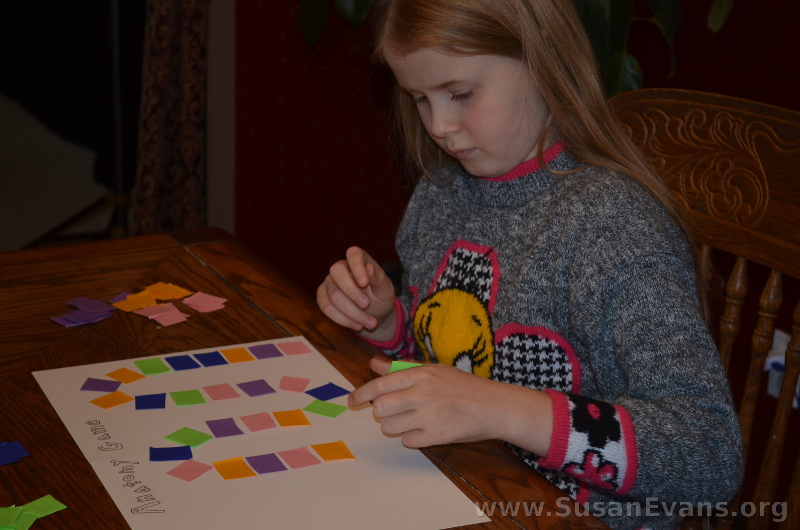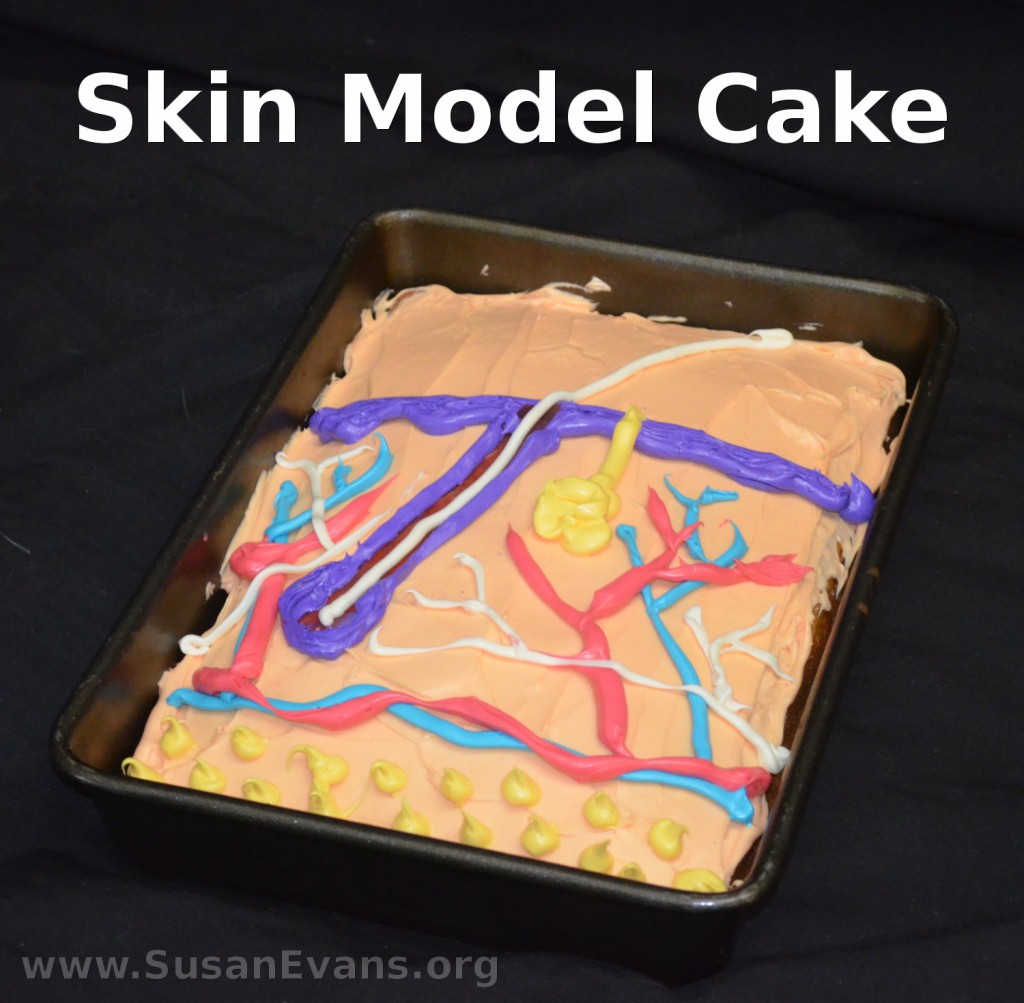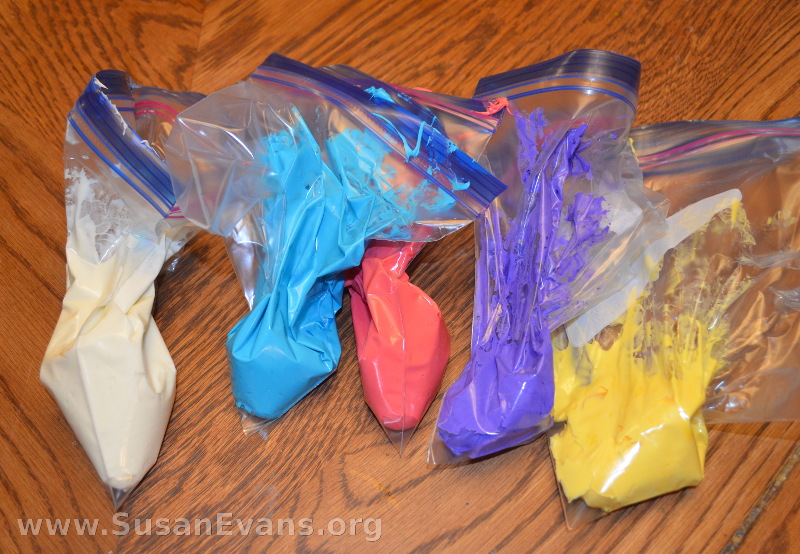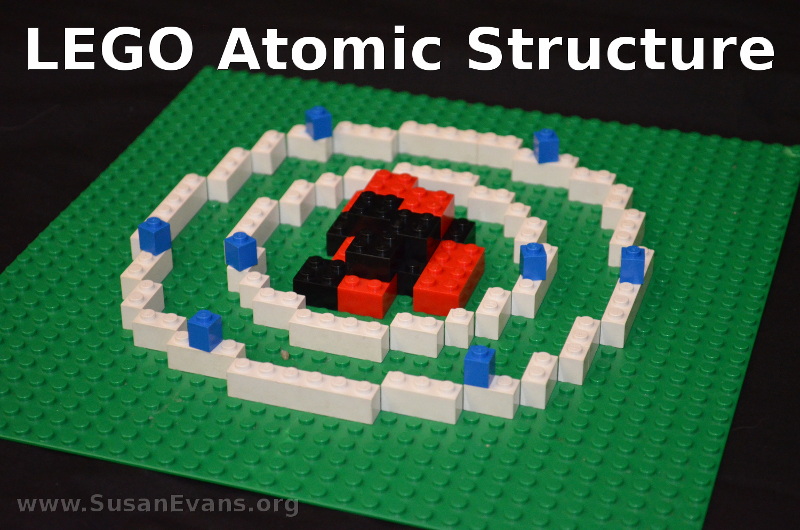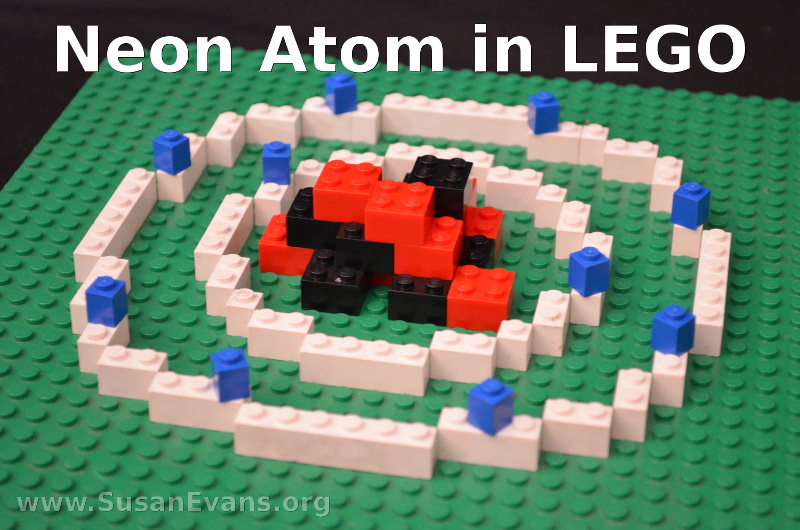Why not create your own human anatomy game to review the body systems? My elementary-aged daughter and son created their own board games with a deck of cards. My daughter chose a rectangular board, and my son wanted his to be circular. We already had a circle of cardboard bouncing around the house, but if you don’t, you can use a large lid and outline a circle onto cardboard and cut it out.
My son drew a brain, outlined it with black marker, and colored it with crayons. Then he glued down circles to the game board. My daughter cut out small rectangles of card stock paper in various colors. Each color represented a different body system. She made a stack of cards for each color. Then she glued down a colorful path on her game board, doodling around the edges of the path.
Questions for a Human Anatomy Game
Here are some of the questions my kids came up with for the human anatomy game:
Skeletal System
- What are the finger bones called?
- True or False: Bones make red blood cells.
- What is the center of the bone called?
- Where are your radius and ulna located?
- What is another name for the scull?
- Do bones have nerves in them?
- Is the spinal cord made up of bones?
Muscular System
- What is the muscle that opens and closes your mouth?
- True or False: Glucose is used to fuel muscle cells.
- Where are the biceps and triceps located?
- Your intestines have what type of muscle?
- Where is the cardiac muscle located?
- What muscle do you sit on?
- What kind of joint is in your shoulder?
Digestive System
- The tube that connects your mouth to the stomach is called the ____.
- The first step to digestion is ___.
- What is the meeting place of the esophagus and the stomach called?
- The teeth at the back of your mouth are called your ____.
- Your stomach is lined with what kind of muscle?
- What sucks up nutrients in your small intestines?
- What does the liver produce?
Integumentary System
- What are the two layers of the skin called?
- What do you call a person with no skin pigments?
- If you eat too many carrots, what makes your skin orange?
- True or False: Hair is dead at the root.
- Which parts of your body have the thickest skin?
- When you are hot, liquid comes out of your ____.
Nervous System
- What is the Central Nervous System?
- What is the Peripheral Nervous System?
- What connects your brain to your spinal cord?
- The nerves send signals to the ____.
- True or False: Muscles move because of neurons.
- The gap between neurons is called the _____.
- What would happen if your brain had no folds in it?
Feel free to use these questions, or make up other questions for your cards. Then play your human anatomy game, and have fun reviewing the body systems!

